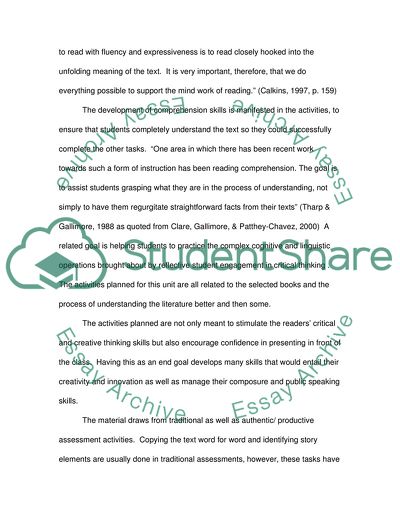Cite this document
(“Developing An Authentic Productive Assessment Dissertation”, n.d.)
Developing An Authentic Productive Assessment Dissertation. Retrieved from https://studentshare.org/education/1549157-developing-an-authentic-productive-assessment
Developing An Authentic Productive Assessment Dissertation. Retrieved from https://studentshare.org/education/1549157-developing-an-authentic-productive-assessment
(Developing An Authentic Productive Assessment Dissertation)
Developing An Authentic Productive Assessment Dissertation. https://studentshare.org/education/1549157-developing-an-authentic-productive-assessment.
Developing An Authentic Productive Assessment Dissertation. https://studentshare.org/education/1549157-developing-an-authentic-productive-assessment.
“Developing An Authentic Productive Assessment Dissertation”, n.d. https://studentshare.org/education/1549157-developing-an-authentic-productive-assessment.


